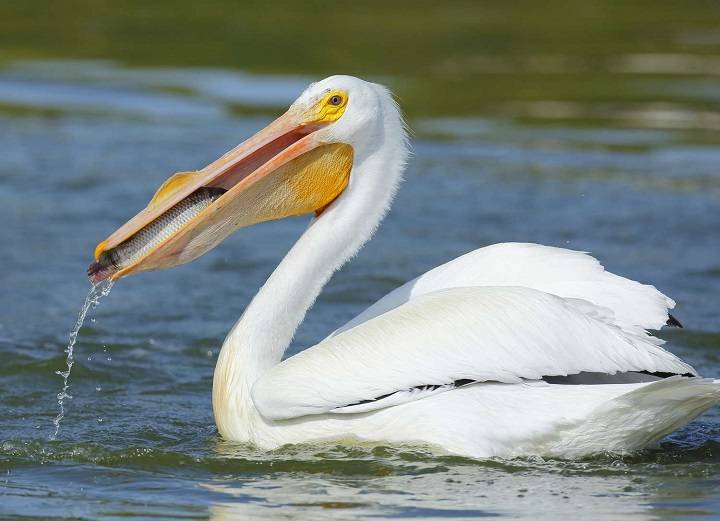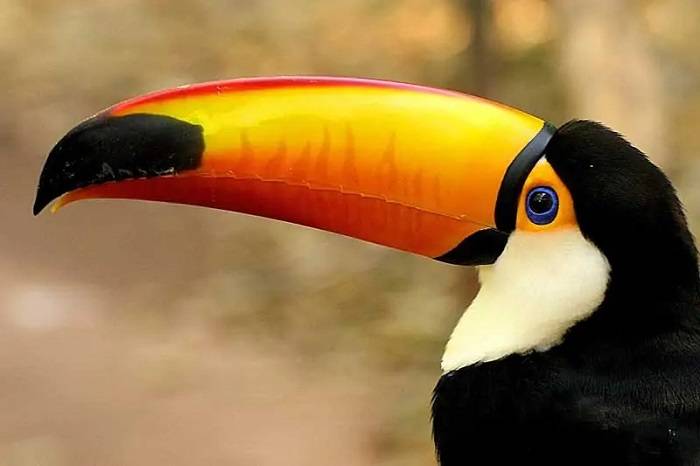In the diverse and fascinating world of birds, adaptations abound to suit a wide range of ecological niches. One of the most striking adaptations is the long beak, which has evolved in various bird species to fulfill specific feeding and behavioral needs. From the probing bills of shorebirds to the delicate curves of nectar-feeders, birds with long beaks showcase the remarkable diversity of avian form and function. In this comprehensive guide, we’ll delve into the intriguing world of birds with long beaks, exploring their anatomy, behavior, and evolutionary significance.
Birds with Long Beaks
Birds with long beaks come in a multitude of shapes and sizes, each adapted to its own unique feeding habits and ecological niche. From the elegant curves of herons and egrets to the slender probes of hummingbirds and sunbirds, these specialized beaks enable birds to access food sources that may be otherwise inaccessible. Whether for probing deep into the mud for invertebrates or sipping nectar from flowers, the long beak is a versatile tool that plays a crucial role in the survival and success of these avian species.
Anatomy of a Long Beak: Structure and Function
The long beak of a bird is a marvel of evolutionary adaptation, finely tuned to its specific feeding habits and dietary preferences. While the exact shape and size of the beak vary depending on the species, there are several common features shared by birds with long beaks:
- Length: Long beaks are typically elongated structures that extend well beyond the bird’s face, allowing for precise manipulation and extraction of food items.
- Shape: The shape of the beak may be adapted to suit different feeding strategies, ranging from slender and pointed for probing into narrow crevices to robust and hooked for tearing apart prey.
- Flexibility: Some long beaks are highly flexible, allowing birds to adjust the angle and orientation of their bills to access food in hard-to-reach places.
- Sensory Structures: Many birds with long beaks possess specialized sensory structures, such as sensitive nerve endings or tactile bristles, that help them locate and capture prey more effectively.
Ecological Roles and Feeding Strategies
Birds with long beaks occupy a wide range of ecological niches, each with its own set of feeding strategies and dietary preferences. Some common feeding behaviors observed in birds with long beaks include:
- Probing: Birds such as shorebirds and ibises use their long, slender beaks to probe into mud, sand, or soil in search of buried invertebrates.
- Sipping: Hummingbirds and sunbirds have long, slender beaks adapted for sipping nectar from flowers, allowing them to access the sweet liquid hidden deep within the blooms.
- Piercing: Birds of prey like hawks and eagles have long, hooked beaks that enable them to pierce and tear apart their prey, making them formidable hunters in the avian world.
Evolutionary Significance: Adaptation and Survival
The evolution of the long beak in birds represents a remarkable example of adaptation to specific ecological niches and feeding habits. Over millions of years, natural selection has shaped the beak morphology of birds to match their dietary requirements and environmental conditions. Birds with long beaks have successfully exploited a wide range of food resources, allowing them to thrive in diverse habitats around the world.
Bird With Long Beak
As with all aspects of biodiversity, birds with long beaks face various threats to their survival, including habitat loss, pollution, and climate change. Conservation efforts aimed at preserving their natural habitats, protecting key feeding areas, and mitigating human impacts are essential for ensuring the long-term viability of these specialized birds. By supporting initiatives such as habitat restoration, species monitoring, and public education, individuals can play a crucial role in safeguarding the future of birds with long beaks and the ecosystems they inhabit.
Related Post:
Co-Creation with Influencers: Designing Exclusive Products for Promotion
Leveraging Podcasters and YouTubers for Product Promotion
Exploring Essential Gear for Bird Watching
Exploring the Grace and Vitality of the Marabou Stork
In conclusion, birds with long beaks are a testament to the remarkable diversity and adaptability of the avian world. Their specialized morphology, unique feeding strategies, and ecological significance make them fascinating subjects of study and admiration. By learning more about birds with long beaks and supporting efforts to conserve their habitats, we can ensure that these remarkable creatures continue to enrich our world for generations to come.



